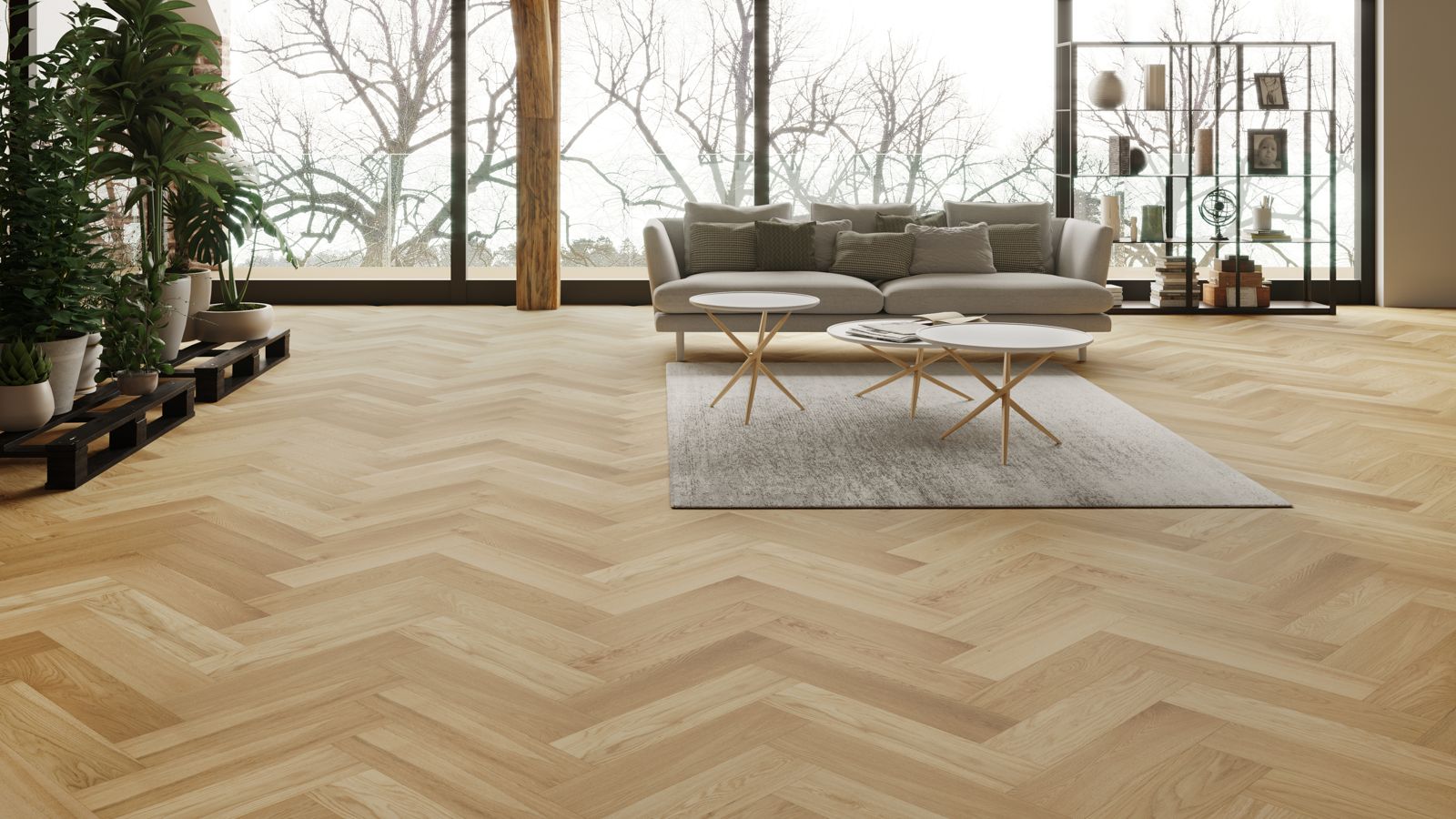
Parquet and parquet floor – versatile and elegant
Noble parquet has been installed in residential buildings since industrialization in the 19th century. At the beginning the rod parquet was very modern. The sensitive material has been sealed since the fifties and has therefore become easier to care for. Likewise, the laying has improved thanks to better adhesives and thin steel nails.
Pure wood becomes parquet
Parquet is made of solid wood. It is produced in varying thickness in one or more layers. This prefinished parquet can be abraded and re-sealed, depending on its strength, up to several times. Multi-layer parquet has a thinner surface and is therefore not as durable as single-layer parquet.
At that time, the individual pieces of parquet were painstakingly assembled individually and bonded to the floor by means of an adhesive and sealed. Thanks to the progress, parquet is already ready to be bought today on a portable underground.
The color variety knows no bounds
The so-called sorting allows the parquet enthusiast to get almost any desired color, from maple to beech, pear tree, cedar or even to the olive. The choice ranges from the very light birch to the reddish merbau or the dark wenge. The advantage of natural materials is their uniqueness. So it is possible to express his very individual style.
Laying the parquet
Again, you can choose between popular methods:
- shipdeck
- herringbone
- diagonal brace
- blackboard
- Old German Association
- basketweave
- cassette
- ladder
Today, parquet is traditionally fixed with tongue and groove, a click system or a bung. It can be shaped different patterns and it can be connected floating or full surface with the ground. The distance to the wall should here be 1.5 cm, since wooden floors work with temperature changes. A springy pad serves as noise and kick protection. In addition, a PE film protects the wood against moisture and thus swelling. The practical thing is that parquet flooring is ideal if underfloor heating is available as it has very good thermal conductivity.
Laying parquet instructions
Ecological and sustainable parquet as an intelligent building material
However, this only applies if the wood comes from a corresponding source. Care should be taken to ensure that enough wood can regrow. This ensures that our climate remains in balance. The processing of wood to parquet requires little energy and in case of disposal, the material is again biodegradable. Alternatively, it can also serve for further processing.
The sealing of the parquet
It is always advisable to seal the parquet floor. This makes it more resistant, non-slip and easy to clean. The method with oil lets the wood breathe, but also allows moisture through and thus provides optimal protection. A combination of oil and wax provides a good alternative, so the wood is cared for, because the oil can penetrate deep into the pores, and the wax remains as a protective layer on the surface. It is also possible to choose pure wax. It is not flammable and easy to work with.
For a very strong seal, for example for very stressed floors, there are special lacquers, so-called polyurethane seals. The parquet is highly protected here, whereby the wood unfortunately loses its moisture-regulating effect. Parquet is very easy to care for, although it is wood. As a rule, a dry cleaning is sufficient. Care should be taken that he does not scratch.
Wood floor in the bathroom?
It was not recommended for a long time. But there are suitable types of wood, namely Doussie, Merbau or teak. These naturally absorb little water or are especially oily. Thus, swelling of the parquet is prevented. Make sure that the joints are tight and that the seal stays flexible. Lacquers can split and are therefore not as well suited as waxes or oils. A dry wipe is recommended after bathing or showering. So you can feel the cozy warmth of the parquet under his feet for a long time.
Overview of the pros and cons of the parquet
Parquet is a prestigious flooring that is versatile, hygienic and easy to clean. If necessary, it can be sanded down and thus renewed. It creates a good room climate because it can regulate humidity. Suitable for underfloor heating and warm to the feet, as a good thermal insulation property is available. Disadvantages are the sometimes complex installation, the limited suitability for the wet area and the tread and sound noises. A cracking and jointing can not be excluded.
 savillefurniture Interior Design Ideas
savillefurniture Interior Design Ideas